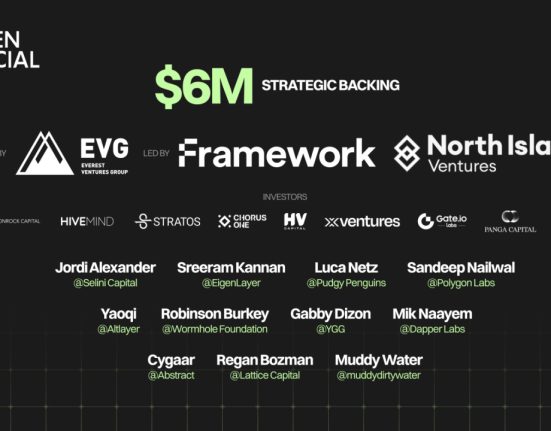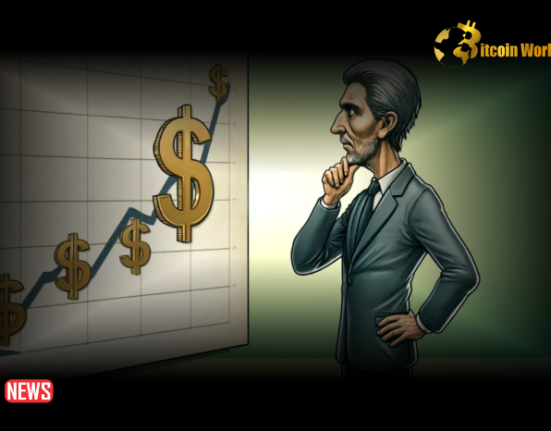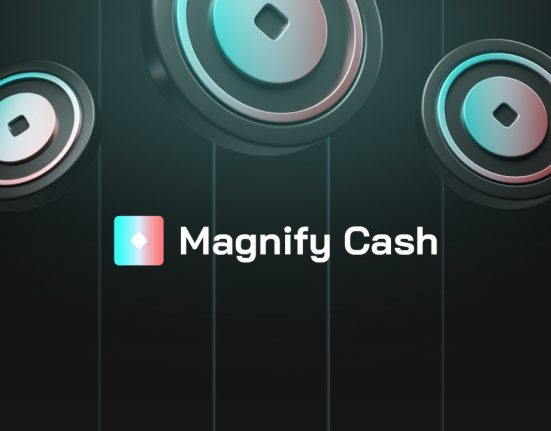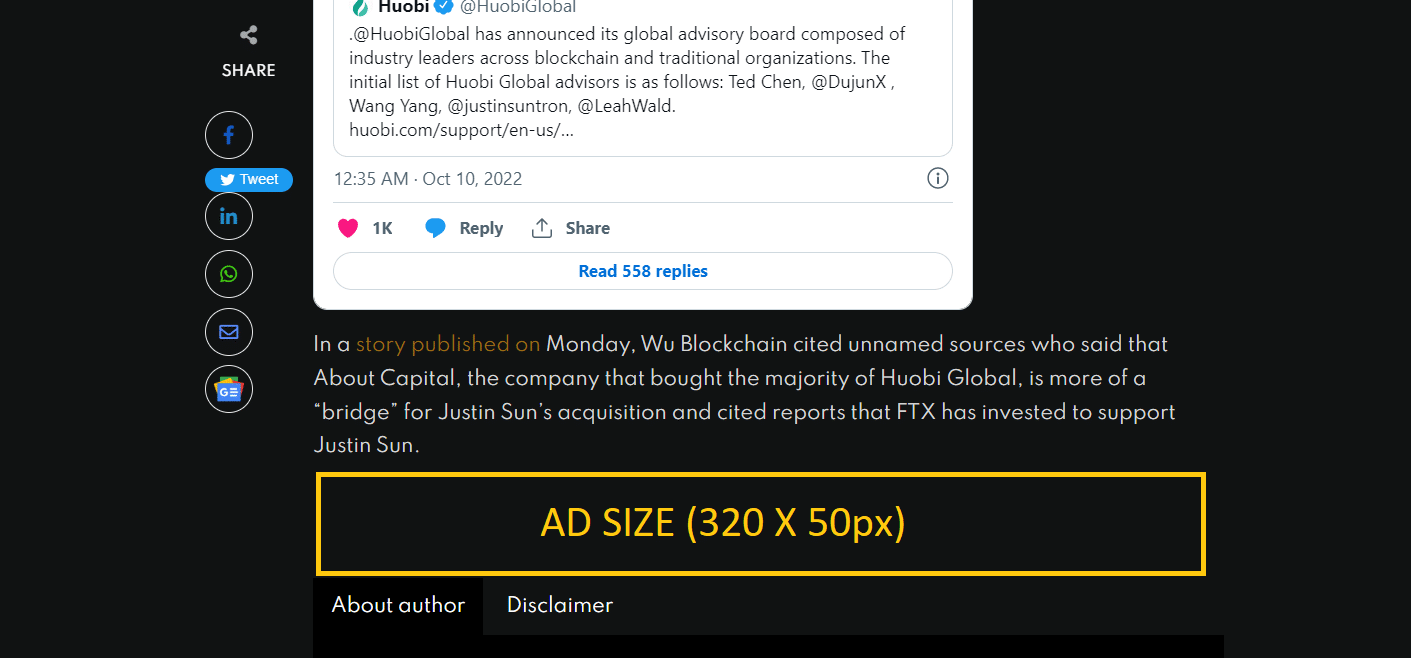BitMEX founder and former CEO Arthur Hayes lost more than $5 million in total in his recent crypto transactions. He sold ENS, FXS and LOOKS through Wintermute and made a loss on each token that exceeded 50%.
Hayes has been making significant transactions in the altcoin market lately but these ones went awry.
Hayes previously announced on December 22 that he planned to sell SOL and buy ETH.
He implemented this plan over the last few days and cut his losses by selling ENS, FXS and LOOKS through Wintermute and then buying ETH, GMX and PENDLE.
See Also: Tether CEO Paolo Ardoino Celebrates USDT’s $91.5B Market Cap
The transactions took place as follows:
Sold:
239,628 ENS ($2.14 million) with a loss of $2.18 million (-50%)
105,814 FXS ($0.95 million) for a loss of $1.05 million (-52%)
$18.1 million ($1.59 million) with a loss of $2.47 million (-60%)
Bought:
437 ETH ($1 million) at $2,286
21,040 GMX ($1 million) at $47
500 thousand PENDLE ($0.54 million) at $1.09
Hayes is currently the largest GMX holder with 233,000 GMX worth $12 million.
By selling the tokens he lost and then purchasing ETH and L2 DeFi tokens, Hayes appears to be confident in ETH and the upcoming Cancun update market.
The transactions were made through three addresses known to be associated with Arthur Hayes.
Cryptocurrencies are very volatile and one needs to be very careful when trading them. If Arthur Hayes, a well-known name in the cryptocurrency world, can lose so much in crypto transitions, then anyone can.
Disclaimer: The information provided is not trading advice. Bitcoinworld.co.in holds no liability for any investments made based on the information provided on this page. We strongly recommend independent research and/or consultation with a qualified professional before making any investment decisions.














